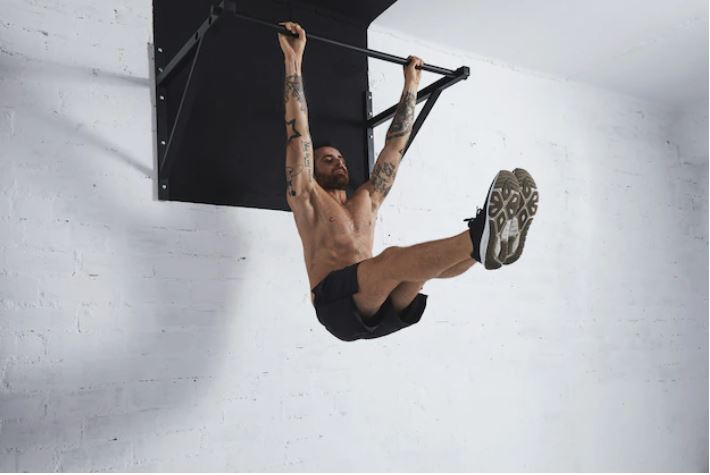Anti gravity muscles, also known as postural muscles, are essential for maintaining proper posture and balance in the human body. These muscles, which include the transverse abdominis, multifidus, and pelvic floor muscles, work together to support the spine and keep it aligned.

But what exactly are these muscles and how do they work? In this article, we’ll explore the role of anti gravity muscles in the body and discuss their importance in maintaining good posture and overall health.
What Are Anti Gravity Muscles?
Anti gravity muscles are a group of muscles responsible for supporting the spine and maintaining proper posture. These muscles are located in the body’s core and are activated when we stand upright or engage in activities that require balance and stability.
The main anti gravity muscles are the transverse abdominis, multifidus, and pelvic floor muscles. Let’s take a closer look at each of these muscles and their functions:
Transverse Abdominis
The transverse abdominis is a deep abdominal muscle that wraps around the waist and helps to stabilize the spine. It’s often referred to as the “corset muscle” because it helps to compress the abdominal organs and support the lower back.
Multifidus
The multifidus is a small, deep muscle located in the lower back. It helps to stabilize the vertebrae and maintain proper spinal alignment.
Pelvic Floor Muscles

The pelvic floor muscles are a group of muscles that form a sling-like structure at the base of the pelvis. These muscles support the pelvic organs and help to maintain bladder and bowel control.
How Do Anti Gravity Muscles Work?
Anti gravity muscles work together to support the spine and keep it aligned. When we stand upright, these muscles work to keep the body balanced and stable.
For example, when we shift our weight to one foot, the transverse abdominis and multifidus on the opposite side of the body activate to help maintain balance. Similarly, when we bend forward, the pelvic floor muscles and multifidus work together to support the lower back and prevent injury.
Anti gravity muscles also play a key role in maintaining good posture. By keeping the spine aligned and stable, these muscles help to reduce the risk of back pain and other musculoskeletal problems.
Importance of Anti Gravity Muscles
Anti gravity muscles are essential for maintaining proper posture and balance in the body. Without these muscles, it would be difficult to stand upright or engage in activities that require stability.
In addition to their role in posture and balance, These muscles also play a key role in overall health. Strong postural muscles can help reduce the risk of back pain and other musculoskeletal problems and improve athletic performance.
It’s important to maintain the strength and flexibility of these muscles through regular exercise and proper body mechanics. Some exercises that can help to strengthen the anti gravity muscles include planks, bird dogs, and pelvic tilts.

In conclusion, These muscles are a vital part of the human body, playing a key role in posture, balance, and overall health. By maintaining strength and the flexibility of these muscles, we can improve our posture, reduce the risk of back pain and other musculoskeletal problems, and improve our overall health and athletic performance.
It’s also worth noting that anti gravity muscles are just one component of the musculoskeletal system. The bones, joints, and connective tissue also play important roles in maintaining proper posture and overall health. By taking care of all these components through a balanced diet, regular exercise, and proper body mechanics, we can optimize our musculoskeletal health and function.
Conclusion
To summarize, anti gravity muscles, also known as postural muscles, are a group of muscles located in the core of the body that works together to support the spine and maintain proper posture. These muscles include the transverse abdominis, multifidus, and pelvic floor muscles, and their strength and flexibility can be improved through regular exercise and proper body mechanics. By taking care of our anti gravity muscles and the entire musculoskeletal system, we can improve our posture, reduce the risk of injury, and optimize our overall health and function.












